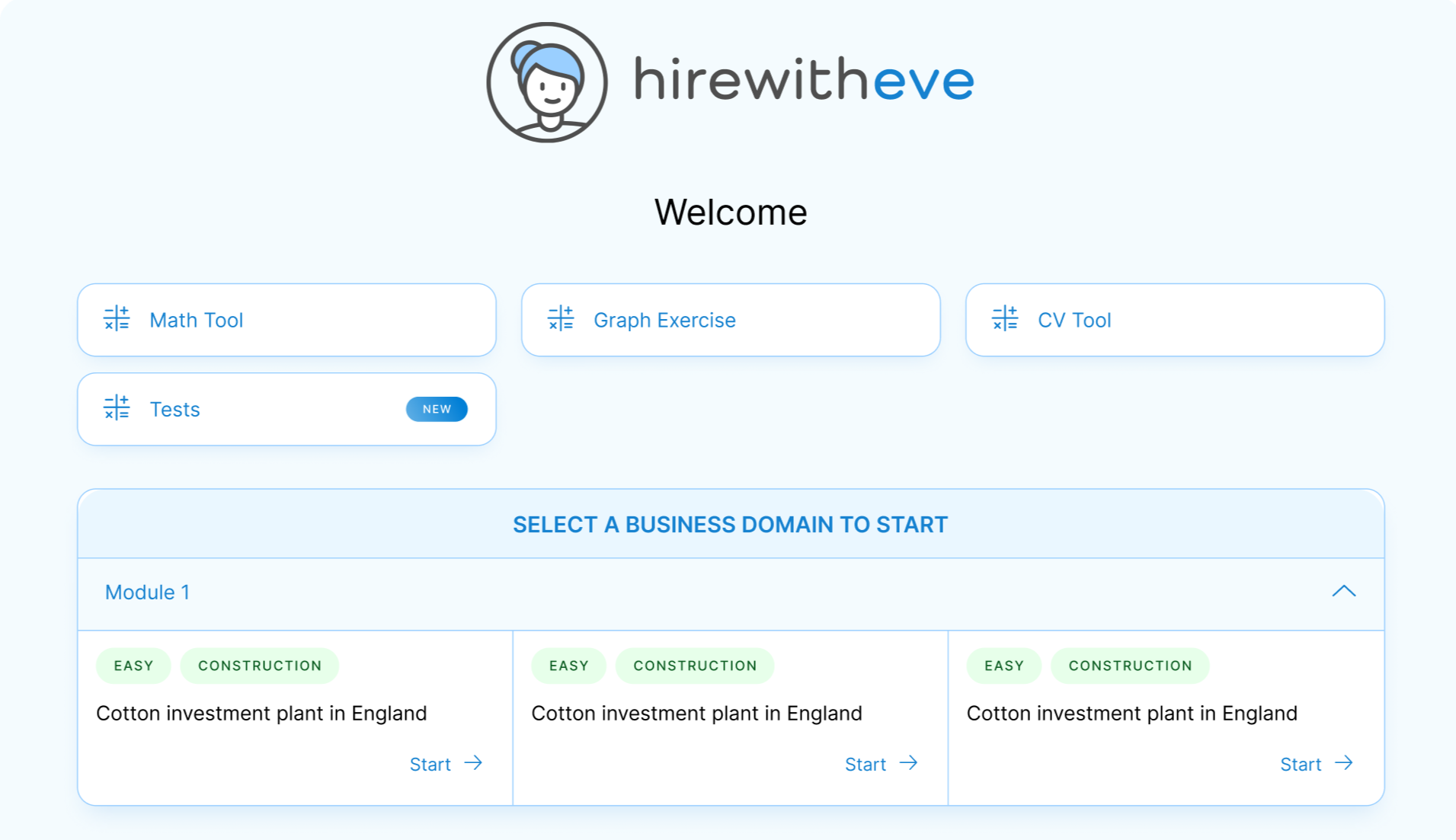What is an Employee Furlough? All You Need to Know

In times of economic uncertainty or financial challenges, companies often need to reduce operational costs without completely severing ties with their employees. One of the common strategies businesses use in such situations is implementing employee furloughs. Furloughs are temporary, cost-saving measures that allow companies to retain their workforce while managing short-term financial difficulties. But what exactly does a furlough entail, and how does it differ from layoffs or other workforce reduction strategies?
In this blog, we will dive into everything you need to know about employee furloughs, including what they are, how they work, and their impact on both employers and employees.
Table of contents
What is an Employee Furlough?
An employee furlough is a temporary, unpaid leave of absence or a reduction in working hours imposed by an employer. During a furlough, employees are not terminated from their jobs and remain on the company’s payroll. However, they are not actively working and do not receive their regular wages during the furlough period.
Furloughs are typically used as a short-term solution for businesses facing financial difficulties or when there is a temporary reduction in the need for labor. Unlike layoffs, furloughs are intended to be temporary, with employees expected to return to work once the company’s financial situation improves or demand for services or products increases.
How Do Furloughs Work?
Furloughs can take different forms depending on the company’s needs and the agreements with employees. Here’s how furloughs typically work:
Unpaid Leave: Employees are placed on unpaid leave for a set period. This can range from a few weeks to several months, depending on the company’s situation.
Reduced Hours or Days: Instead of being fully off work, employees may work fewer hours or only certain days of the week. For example, an employee may shift from a full-time schedule to working three days per week.
Retention of Benefits: During the furlough period, employees may retain benefits such as health insurance, although their salaries are paused. Employers often continue to pay the employee’s portion of benefits as a gesture of goodwill.
Return to Work: Once the furlough period ends, employees are expected to return to their regular working hours and resume their duties.
Furloughs are typically implemented to help companies manage short-term economic challenges without the need for permanent workforce reductions.
The Practical Impacts of Furloughs on Employees
Furloughs can have a significant impact on employees, both financially and emotionally. Here are some of the key effects:
Financial Impact
The most immediate effect of a furlough is the loss of income. Since employees are not receiving their regular wages, furloughs can create financial strain, especially for those who depend on their paycheck to cover living expenses. However, depending on the jurisdiction, furloughed employees may be eligible for unemployment benefits during the furlough period to offset some of the income loss.
Job Security
Unlike layoffs, furloughed employees retain their jobs and generally expect to return to work once the furlough ends. This offers some level of job security, as the employment relationship remains intact, and there is no need to reapply for the position.
Retention of Benefits
One of the advantages of furloughs is that employees often retain their benefits, such as health insurance, during the furlough period. This can provide a sense of security and ensure that employees maintain access to critical services like healthcare.
Emotional and Psychological Impact
Furloughs can be stressful for employees due to the uncertainty surrounding their future employment and financial stability. Employers should provide clear communication to reduce anxiety and keep employees informed about timelines and expectations.
Why Employers Use Furloughs
Employers often choose furloughs over layoffs as a cost-saving measure that allows them to retain their workforce while managing temporary economic challenges. Here are some of the key reasons why companies implement furloughs:
Temporary Financial Challenges
When companies face short-term financial difficulties, such as during an economic downturn or seasonal slowdowns, furloughs allow them to reduce payroll costs without permanently losing skilled employees.
Retention of Talent
Furloughs enable companies to retain valuable employees and avoid the time-consuming and expensive process of rehiring and retraining when the business recovers. This is especially important for businesses in specialized industries where replacing skilled workers can be difficult.
Business Continuity
By implementing furloughs, companies can ensure that their workforce is ready to return to full capacity when demand increases. This minimizes disruption and helps businesses ramp up operations more quickly once the economic situation improves.
Positive Employer-Employee Relationship
Furloughs can be seen as a more compassionate approach to workforce reduction compared to layoffs. By offering continued benefits and a path back to work, companies can maintain a positive relationship with their employees, even during difficult times.
Furloughs vs. Layoffs: Key Differences
While both furloughs and layoffs involve reducing the workforce, they are distinctly different in terms of their nature and impact.
Furloughs are temporary and typically result in employees retaining their benefits, such as health insurance, while they are on unpaid leave or reduced hours. Employees are expected to return to work once the furlough period ends, which provides some level of job security. Furloughed employees generally maintain a connection with the company and are more likely to rejoin their roles once business conditions improve.
Layoffs, on the other hand, are more permanent or long-term separations from the company. Laid-off employees are removed from the company’s payroll entirely, losing their regular pay and benefits, although they may receive severance pay and be eligible for unemployment benefits. Rehiring laid-off employees often requires a new employment agreement, and there is no guarantee of returning to the same role.
The key difference lies in employment. Furloughs keep employees on the payroll in a non-working capacity, while layoffs represent a complete end to the employment relationship. Employers facing temporary challenges often prefer furloughs as a way to retain talent and save on rehiring and training costs when conditions improve.
Legal Considerations of Furloughs
Before implementing furloughs, employers need to consider the legal and regulatory implications. Furloughs must comply with federal, state, and local labor laws, including wage and hour regulations. Here are a few key legal considerations:
Exempt vs. Non-Exempt Employees
For salaried (exempt) employees, employers must be cautious about partial-week furloughs. Under the Fair Labor Standards Act (FLSA) in the U.S., exempt employees who work any portion of a week must generally be paid their full weekly salary. Furloughs for exempt employees are typically implemented in full-week increments.
Unemployment Benefits
Furloughed employees may be eligible for partial or full unemployment benefits, depending on the jurisdiction. Employers should guide employees on how to apply for benefits if they are eligible.
Benefit Continuation
Employers need to review their benefits policies and contracts to ensure that furloughed employees can continue to receive benefits such as health insurance. Employers may also need to comply with COBRA regulations, which allow employees to continue their health coverage under certain circumstances.
How HirewithEve.ai Can Help Manage Furloughs
Managing furloughs can be a complex process, especially for businesses with a large workforce. HirewithEve.ai offers advanced tools to help HR professionals streamline furlough management and maintain communication with employees during these challenging times.
With HirewithEve.ai, you can:
Automate furlough tracking: Easily track which employees are furloughed, their benefits status, and their scheduled return dates.
Maintain employee engagement: Use the platform’s communication tools to keep furloughed employees informed and engaged during their time away.
Ensure compliance: Leverage HirewithEve.ai’s compliance tools to ensure that your furlough policies meet legal and regulatory requirements.
By using HirewithEve.ai, you can manage the furlough process more effectively while ensuring transparency and compliance.
Conclusion
Furloughs are a valuable tool for companies facing temporary financial challenges. By implementing furloughs, employers can reduce costs while retaining their workforce and preparing for future recovery. For employees, furloughs provide job security and benefits, even though they come with the challenge of lost wages.
For businesses looking to manage furloughs efficiently, HirewithEve.ai offers a range of solutions to streamline the process and keep employees engaged. Visit HirewithEve.ai today to learn more about how our platform can support your workforce management needs.
Target Your Talent
Unlock tailored solutions for your recruitment and hiring needs with Eve Platform's extensive case study library.
Subscribe now to enhance your HR expertise and excel in your role.
Free Resources

Transforming Hiring: 7 Key Recruiting Metrics
Enhancing recruitment processes with data-driven insights for better hiring outcomes.

Reducing Hiring Bias with Hirewitheve.
Utilizing Hirewitheve to combat bias and streamline recruitment processes effectively.

Hiring Detail-Oriented Candidates
HirewithEve enhances hiring by accurately assessing candidate's attention to detail-oriented.








